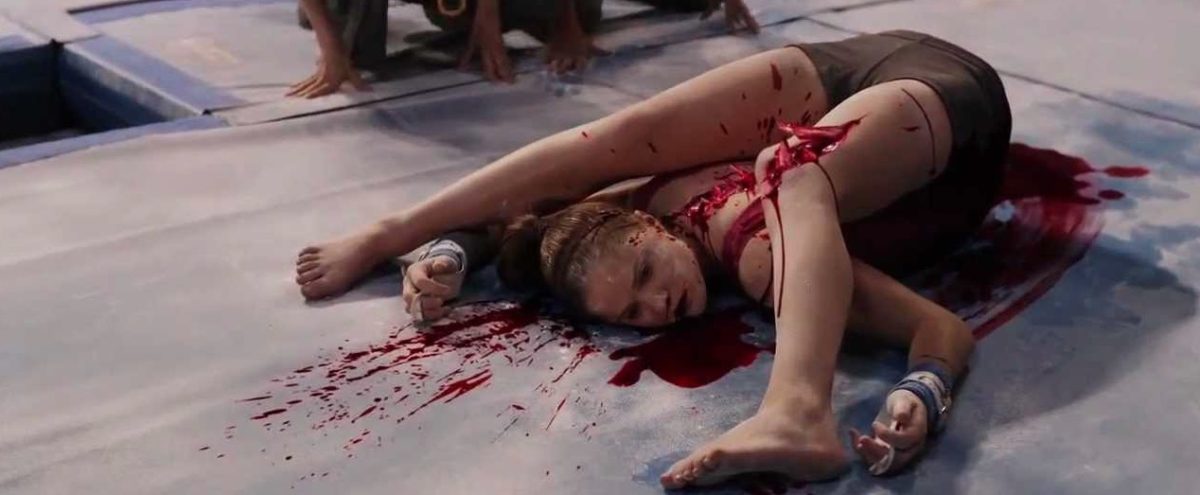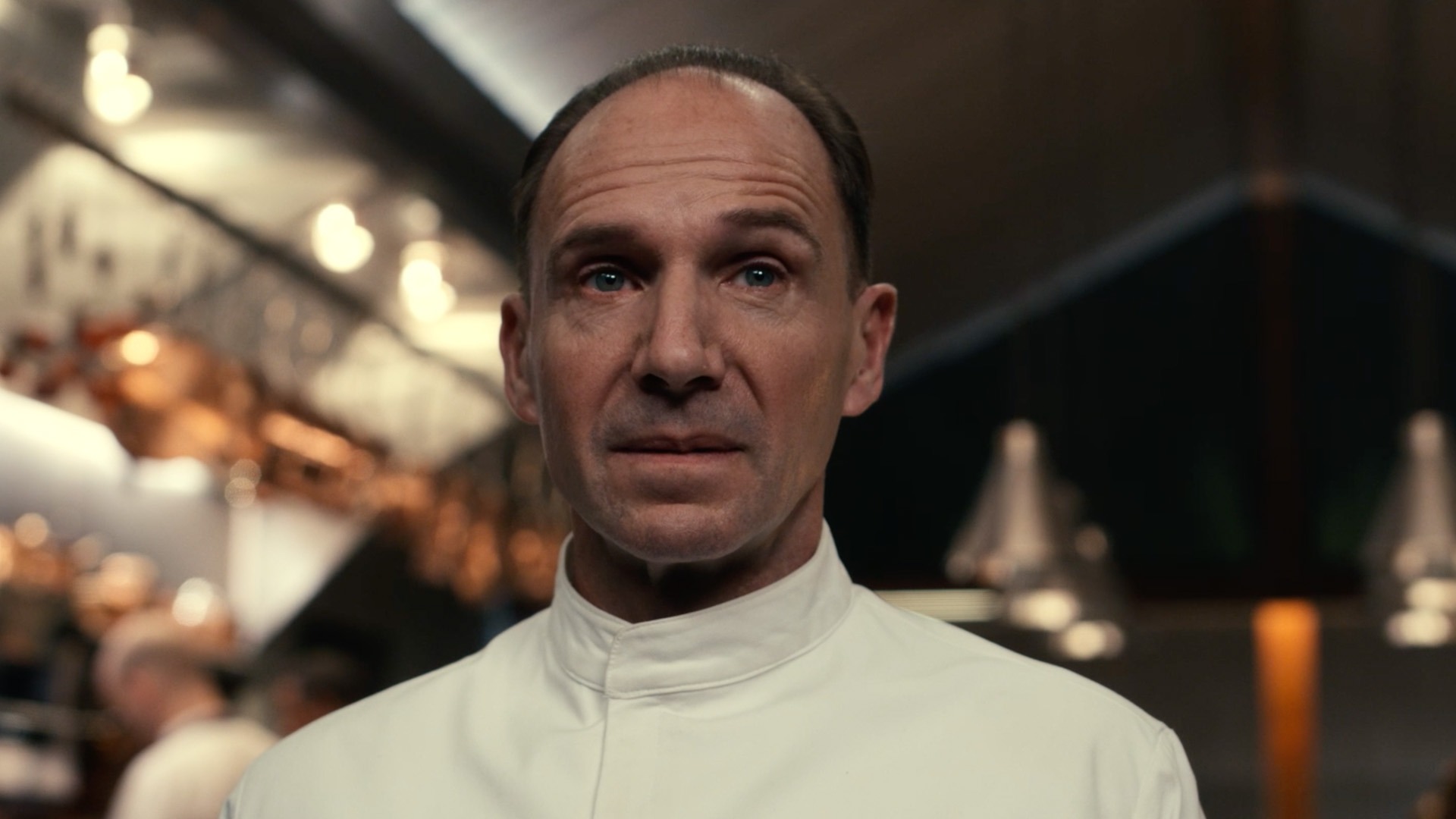Movies
5 Reasons ‘Final Destination 5’ is the Franchise’s Best Sequel

In a world where most franchises are dead by part 5, Final Destination is the exception.
Much like he did in 1984, Wes Craven reinvented the slasher sub-genre with Scream in 1996, which has to be considered one of horror’s biggest game-changers. The meta masterpiece undoubtedly paved the way for a whole new crop of teen slasher flicks, but the reality is that most of the films that came in the wake of Scream didn’t exactly bring anything new to the table. For the most part, they were Scream copycats; but not all slashers of the time were created equal.
Released in 2000, Final Destination doesn’t ever really get enough credit for being, at the time, the most inventive slasher film since Scream. Created by Jeffrey Reddick, the film’s killer wasn’t a masked maniac but rather the unseen force of the Grim Reaper himself, coldly restoring death’s natural design like an invisible Jason Voorhees. It’s that core idea of quite literally turning death into a horror icon that separated James Wong’s directorial debut from the pack, feeling fresh despite having all the familiar tropes and hallmarks of all the other slashers hitting theaters.
Eleven years after the franchise began, it ended with Steven Quale’s Final Destination 5. And if you’re asking me, it was the franchise’s finest hour. Here are five reasons why.
1) THE OPENING SEQUENCE
The Final Destination franchise is of course known for its opening premonition sequences, which brilliantly allow us to watch all the characters get brutally killed… before the characters actually get brutally killed; because why wait, am I right?! While Final Destination 2‘s highway disaster may be the most iconic of those opening sequences (and certainly the one that made us all a bit more careful in our daily lives), Final Destination 5‘s may be even better.
En route to a company retreat, one of the employees has a premonition of the North Bay Bridge collapsing and causing the brutal deaths of his co-workers, and it’s one of the brilliantly conceived, over-the-top gruesome, and batshit crazy sequences in the history of horror. It’s clear that the intent of the sequence was to one-up anything previously seen in the franchise, and oh boy does it ever; at nearly 5-minutes long, it’s also the longest disaster sequence in the entire series. Thanks to some incredible visual effects and one of the best uses of 3D you’ll ever find in the horror genre, it’s a mind-blowing sequence you’d expect to find in a movie with a much bigger budget than Final Destination 5 actually had. And that’s a serious compliment.
2) INVENTIVE DEATH SCENES
Perhaps more than any other horror franchise, Final Destination is one entirely built around crazy death scenes, and Final Destination 5 has some of the series’ best; the death of the gymnast, seen above, is one of the cruelest and hardest-to-watch kills you’ll find in any franchise horror movie. But it’s not just that the fifth installment’s death sequences are satisfying in the gore department; what really makes them so effective is how they build to that brutality.
Using the standout gymnast death as an example, several minutes are spent building up suspense and making you wonder how she’s going to meet her end, and you can tell that the filmmakers had a lot of fun setting those stages, subverting expectations, and making us wait for the payoffs. You know something really bad is about to happen but you don’t know what or when, and though that’s true of the Rube Goldberg-esque death scenes throughout the franchise, Final Destination 5 really took the edge-of-your-seat, almost agonizing suspense to a whole new level.
As for the laser eye surgery scene, let’s just say I’ll be sticking with contacts.
3) SO. MUCH. GORE.
I suppose #2 pretty much covered this one, but I do want to mention how much better the gore effects are in Final Destination 5 than a lot of the stuff on display in the previous installment. Final Destination 4 was a low point in the franchise in terms of gore, as CGI was used as a crutch rather than an aide. In Final Destination 5, however, a blend of practical effects and mostly impressive visual effects make all that carnage fun again. Even the late Roger Ebert, never a big fan of horror movies, couldn’t help but praise the film’s gore, writing in his review that “the special effects do an excellent job of beheading, incinerating, vivisecting, squishing and so on.”
Indeed they do, Mr. Ebert. Indeed they do.
4) NEW MYTHOLOGY FOR THE WIN
For at least the first few installments, the Final Destination films established and added rules to the overall mythology of Death’s design and how to defeat it. The first film, for example, suggested that you can skip death by intervening in the demise of the next victim on the chopping block, while the second one played with the idea of a new life being the cure for death. But as the series got longer in the tooth, it mostly ceased the mythology expansion; the fourth installment was essentially a rehash of what we’d already seen before. But Final Destination 5 once again proved itself to be superior to the previous sequels, adding a really interesting new layer to the concept.
As explained by Tony Todd’s ever-present coroner, the film introduced the idea that killing another person can get Death off your back, so to speak, giving you the opportunity to inherit the life of the person you killed. It was a new tweak to the formula that again made Final Destination 5 feel fresher than the other installments, allowing for a decidedly dark final act that was way different than anything we had previously seen in the franchise. For the fifth installment of any horror franchise to feel even a little bit fresh is, needless to say, a pretty impressive achievement.
5) WHAT A TWIST!
The most brilliant aspect of Final Destination 5 is the finale, where it’s revealed that the events of the film we just watched, contrary to what we believed the whole way through, took place in the year 2000… making it a prequel to the original Final Destination. Going back and re-watching the movie, there are little hints here and there that it’s not taking place in the present day, but the first time I saw it, I was completely blown away by the big reveal and how cleverly hidden the whole prequel aspect was. The film ends with the two survivors getting on a plane, which turns out to be the very same plane that exploded in mid-air in the beginning of Final Destination; clever editing even puts the characters from that film into the same scene with the new characters.
And it was damn good to see Devon Sawa back on the big screen, if only for a second.
Final Destination 5‘s finale is one of my favorite twist endings of all time, and it so perfectly wraps up the entire franchise and puts a nice bow on it. As much as I’d love to see the franchise someday re-animate and continue onward, it’s impossible to think of a more perfect end-cap than what Final Destination 5 delivered. It just feels so right. And it’s so very satisfying.
As far as I’m concerned, Final Destination 5 is THE Final Destination sequel.

Movies
’28 Years Later’ – Ralph Fiennes, Jodie Comer, and Aaron Taylor-Johnson Join Long Awaited Sequel

Danny Boyle and Alex Garland (Annihilation, Men), the director and writer behind 2002’s hit horror film 28 Days Later, are reteaming for the long-awaited sequel, 28 Years Later. THR reports that the sequel has cast Jodie Comer (Alone in the Dark, “Killing Eve”), Aaron Taylor-Johnson (Kraven the Hunter), and Ralph Fiennes (The Menu).
The plan is for Garland to write 28 Years Later and Boyle to direct, with Garland also planning on writing at least one more sequel to the franchise – director Nia DaCosta is currently in talks to helm the second installment.
No word on plot details as of this time, or who Comer, Taylor-Johnson, and Fiennes may play.
28 Days Later received a follow up in 2007 with 28 Weeks Later, which was executive produced by Boyle and Garland but directed by Juan Carlos Fresnadillo. Now, the pair hope to launch a new trilogy with 28 Years Later. The plan is for Garland to write all three entries, with Boyle helming the first installment.
Boyle and Garland will also produce alongside original producer Andrew Macdonald and Peter Rice, the former head of Fox Searchlight Pictures, the division of one-time studio Twentieth Century Fox that originally backed the British-made movie and its sequel.
The original film starred Cillian Murphy “as a man who wakes up from a coma after a bicycle accident to find England now a desolate, post-apocalyptic collapse, thanks to a virus that turned its victims into raging killers. The man then navigates the landscape, meeting a survivor played by Naomie Harris and a maniacal army major, played by Christopher Eccleston.”
Cillian Murphy (Oppenheimer) is on board as executive producer, though the actor isn’t set to appear in the film…yet.
Talks of a third installment in the franchise have been coming and going for the last several years now – at one point, it was going to be titled 28 Months Later – but it looks like this one is finally getting off the ground here in 2024 thanks to this casting news. Stay tuned for more updates soon!


















You must be logged in to post a comment.